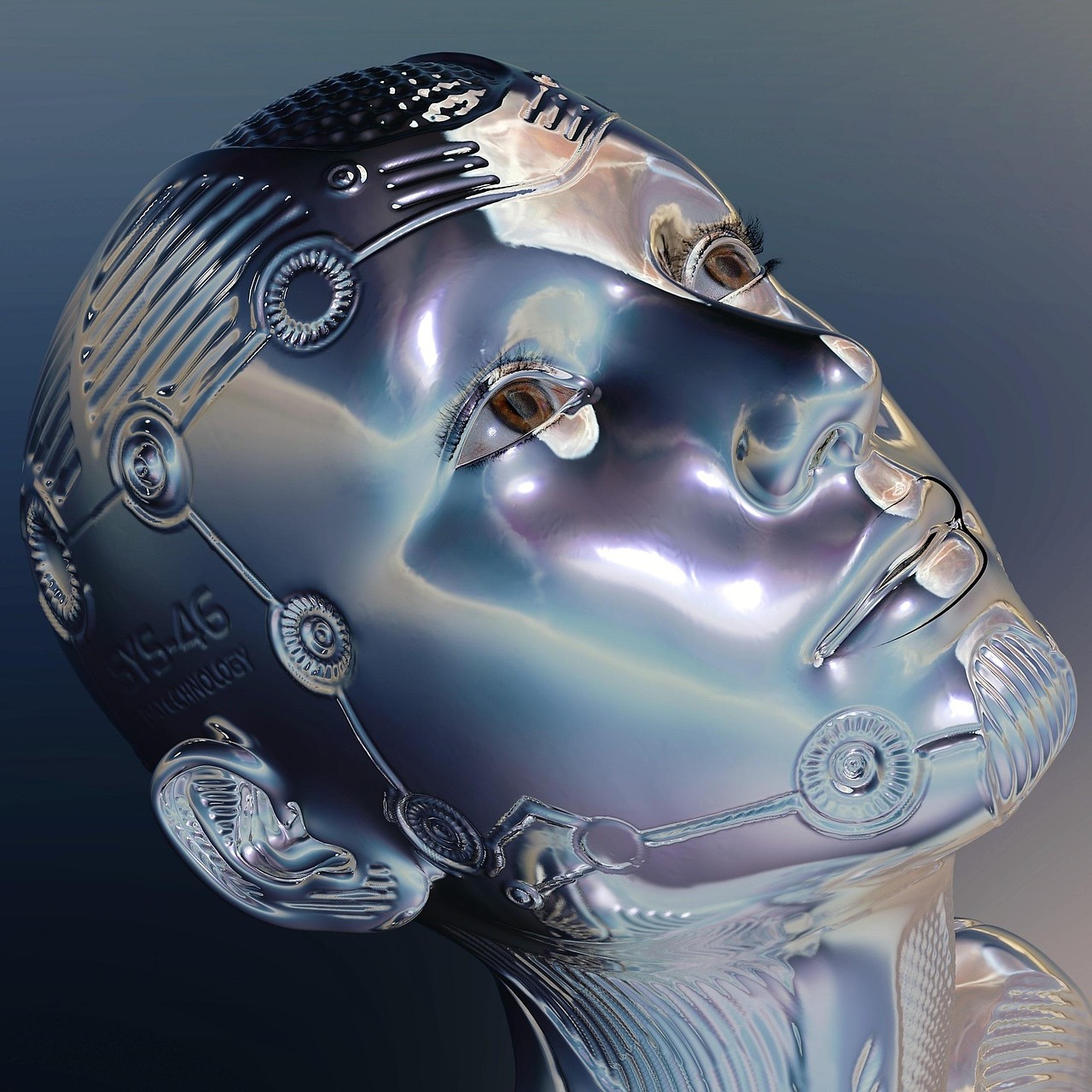Machine learning (ML) is rapidly transforming industries, from healthcare to finance, by enabling computers to learn from data without explicit programming. The engine behind this revolution is ML training, a process that involves feeding data to an algorithm, allowing it to identify patterns, and iteratively improve its performance. Understanding the nuances of ML training is crucial for anyone looking to leverage the power of AI in their projects. This post delves deep into the core concepts, techniques, and best practices for effective machine learning training.
What is Machine Learning Training?
The Core Idea
Machine learning training is the process of teaching a model to make accurate predictions or decisions by exposing it to a large dataset. The model learns from this data and adjusts its internal parameters to minimize errors. Think of it like teaching a child – you provide examples, offer feedback, and gradually the child learns to perform the task correctly. The better the training data and the more effective the training process, the more accurate and reliable the ML model will be.
Key Components of Training
- Training Data: The foundation of any successful ML model. The data must be relevant, representative of the problem, and sufficiently large.
- Model Architecture: The structure of the ML algorithm. Different problems require different architectures, such as neural networks, decision trees, or support vector machines.
- Loss Function: A measure of how well the model is performing. It quantifies the difference between the model’s predictions and the actual values.
- Optimization Algorithm: Used to adjust the model’s parameters to minimize the loss function. Common algorithms include gradient descent and its variants.
- Evaluation Metrics: Used to assess the performance of the trained model on unseen data. Examples include accuracy, precision, recall, and F1-score.
An Example: Training a Spam Filter
Consider training a spam filter. The training data consists of numerous emails labeled as either “spam” or “not spam.” The model learns to identify patterns in the email text, such as the presence of specific words or phrases, the sender’s address, and other features. The loss function measures how often the model incorrectly classifies emails. The optimization algorithm adjusts the model’s parameters to reduce the number of misclassifications. Finally, evaluation metrics assess the filter’s performance on a separate set of emails it hasn’t seen before.
Preparing Your Data for Training
Data Collection and Labeling
- Gathering Relevant Data: Start by collecting data that is relevant to the problem you are trying to solve. For example, if you are building a model to predict customer churn, you’ll need data on customer demographics, purchase history, and engagement metrics.
- Data Labeling: This involves assigning appropriate labels to your data. This can be a manual process, but there are also automated tools that can help. Consistent and accurate labeling is essential for model accuracy. Crowd-sourcing can be an efficient way to label large datasets. For example, Amazon Mechanical Turk or Labelbox.
- Data Volume: A general rule of thumb is, the more data, the better. However, the quality of the data is more important than the quantity. Consider using techniques like data augmentation to increase the size of your dataset if needed.
Data Cleaning and Preprocessing
- Handling Missing Values: Missing data can significantly impact model performance. Strategies include removing rows with missing values, imputing missing values with the mean or median, or using more sophisticated imputation techniques.
- Removing Outliers: Outliers can skew the training process. Identify and remove or transform outliers based on domain knowledge or statistical methods.
- Data Transformation: Convert data into a format suitable for the ML algorithm. This may involve scaling numerical features (e.g., using min-max scaling or standardization), encoding categorical features (e.g., using one-hot encoding or label encoding), and normalizing text data.
- Feature Engineering: Creating new features from existing ones that can improve model performance. For instance, combining multiple features into a single, more informative feature.
Data Splitting: Training, Validation, and Testing
- Training Set: Used to train the model. Typically, this is the largest portion of the data (e.g., 70-80%).
- Validation Set: Used to tune the model’s hyperparameters and prevent overfitting. Overfitting occurs when the model learns the training data too well and performs poorly on new, unseen data.
- Testing Set: Used to evaluate the final performance of the trained model on unseen data. This provides an unbiased estimate of the model’s generalization ability.
A common split is 70% training, 15% validation, and 15% testing. However, the optimal split depends on the size and complexity of the dataset. Cross-validation techniques like k-fold cross-validation can be used to improve the reliability of the evaluation.
Choosing the Right Model and Algorithm
Supervised Learning
- Classification: Predicting a categorical output (e.g., spam/not spam, cat/dog/bird). Algorithms include logistic regression, support vector machines (SVMs), decision trees, and random forests.
- Regression: Predicting a continuous output (e.g., price, temperature, sales). Algorithms include linear regression, polynomial regression, and support vector regression (SVR).
Unsupervised Learning
- Clustering: Grouping similar data points together (e.g., customer segmentation). Algorithms include k-means clustering, hierarchical clustering, and DBSCAN.
- Dimensionality Reduction: Reducing the number of features in the data while preserving important information (e.g., principal component analysis (PCA)).
Reinforcement Learning
- Agent-Environment Interaction: Training an agent to make decisions in an environment to maximize a reward (e.g., game playing, robotics).
Factors to Consider
- Type of Problem: Is it a classification, regression, clustering, or reinforcement learning problem?
- Data Characteristics: Is the data linear or non-linear? Are there many features?
- Computational Resources: How much computing power and memory are available?
- Interpretability: How important is it to understand how the model makes its predictions? Some models, like decision trees, are more interpretable than others, like neural networks.
Example: If you’re classifying images, Convolutional Neural Networks (CNNs) are a good choice. If you’re predicting customer churn based on historical data, logistic regression or random forests could be suitable.
Model Training and Optimization
Selecting a Loss Function
The loss function quantifies the difference between the model’s predictions and the actual values. Common loss functions include:
- Mean Squared Error (MSE): Used for regression problems.
- Cross-Entropy Loss: Used for classification problems.
- Hinge Loss: Used for SVMs.
Optimization Algorithms
These algorithms are used to minimize the loss function by adjusting the model’s parameters.
- Gradient Descent: A basic optimization algorithm that iteratively updates the parameters in the direction of the negative gradient of the loss function.
- Stochastic Gradient Descent (SGD): A variant of gradient descent that updates the parameters using a single data point or a small batch of data points at each iteration.
- Adam: An adaptive optimization algorithm that combines the benefits of both AdaGrad and RMSProp.
Hyperparameter Tuning
- What are Hyperparameters? These are parameters that are set before training and control the learning process. Examples include learning rate, batch size, and the number of layers in a neural network.
- Techniques for Tuning:
Grid Search: Testing all possible combinations of hyperparameter values.
Random Search: Randomly sampling hyperparameter values.
Bayesian Optimization: Using a probabilistic model to guide the search for the best hyperparameters.
Monitoring and Debugging
- Track Training Metrics: Monitor the loss function and evaluation metrics during training to identify potential problems, such as overfitting or underfitting. Tools like TensorBoard can be invaluable for visualizing training progress.
- Debugging Strategies:
Reduce Model Complexity: If the model is overfitting, try reducing the number of layers or parameters.
Increase Regularization: Use techniques like L1 or L2 regularization to prevent overfitting.
Gather More Data: Insufficient data can lead to poor generalization.
Evaluating Model Performance
Evaluation Metrics for Classification
- Accuracy: The proportion of correctly classified instances.
- Precision: The proportion of true positives among the instances predicted as positive.
- Recall: The proportion of true positives among the actual positive instances.
- F1-Score: The harmonic mean of precision and recall.
- AUC-ROC: Area Under the Receiver Operating Characteristic curve. Measures the ability of the model to distinguish between positive and negative classes.
Evaluation Metrics for Regression
- Mean Squared Error (MSE): The average squared difference between the predicted and actual values.
- Root Mean Squared Error (RMSE): The square root of the MSE.
- R-squared: The proportion of variance in the dependent variable that is explained by the model.
Cross-Validation
- K-Fold Cross-Validation: Dividing the data into k folds, training the model on k-1 folds, and evaluating it on the remaining fold. This process is repeated k times, and the average performance across all folds is used as the final evaluation metric.
Bias-Variance Tradeoff
- High Bias: The model is too simple and cannot capture the underlying patterns in the data (underfitting).
- High Variance: The model is too complex and learns the noise in the training data, leading to poor generalization (overfitting).
- Finding the Balance: Choose a model complexity that balances bias and variance.
Example: If your model has high bias, you might try using a more complex model or adding more features. If your model has high variance, you might try using a simpler model, reducing the number of features, or increasing the amount of training data.
Conclusion
Machine learning training is a multifaceted process requiring careful attention to data preparation, model selection, optimization, and evaluation. By understanding the key concepts and techniques outlined in this guide, you can effectively train ML models that solve real-world problems. Remember that continuous experimentation and improvement are essential for building high-performing AI solutions. Staying up-to-date with the latest advancements in the field is also crucial for maintaining a competitive edge in the rapidly evolving landscape of machine learning. Good luck!




